above52
352 posts
A Travel Guide to the Shores of the Baltic Sea and Beyond
Don't wanna be here? Send us removal request.
Photo
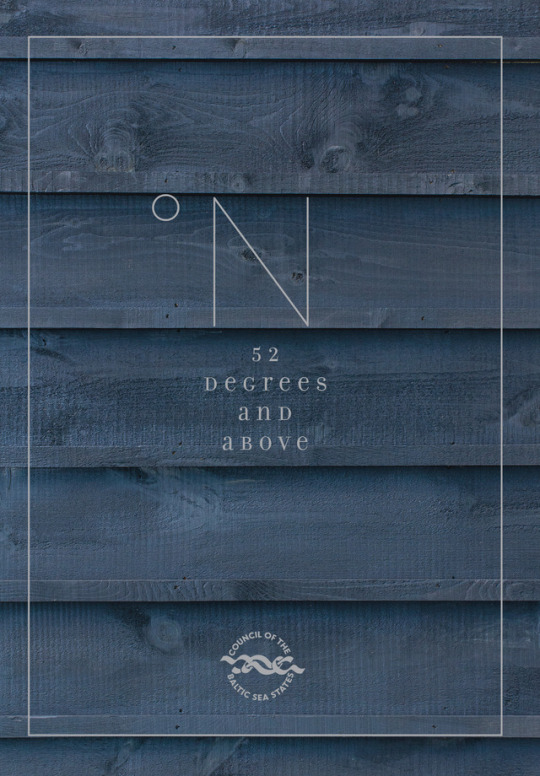
“52 degrees and above” - a new travel guide
To mark its 25th anniversary, the Council of the Baltic Sea States has launched a travel guide to the contemporary landscape of the Baltic Sea Region.
The Baltic Sea Region is a special place where all capitals are located above 52° North. The region spans from Reykjavik to Moscow, from the coastline to the mountain ranges. There is a sense and appreciation that comes from living in a place that enjoys short but light summers, tempered by long and dark winters. In this guide we make the journey from 52 degrees to 65 degrees up north. Here we have collected a number of choices that capture at this very point in time what represents the potential of the region – to present the region as a whole, in a travel guide that has not grouped these countries together before.
The book maps places to stay, eat at, and see in each capital of its 11 member countries, together with short 48h getaway suggestions beyond the capital. Each chapter also introduces you to some of the locals who call this corner of the world home. The countries included in the book are Denmark, Estonia, Finland, Germany, Iceland, Latvia, Lithuania, Norway, Poland, Russia and Sweden.
Credit: Background / Math / unsplash
0 notes
Photo
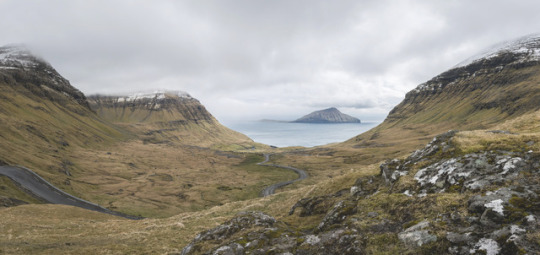
Mykines Island
The westerly point of the Faroe Islands, Mykines is only accessible by boat, which sometimes due to the unpredictability of the weather and the peculiarity of the ocean mood is not able to dock. Helicopter is another possibility, but the island can be cut off for periods of time simply because of the storm forecast. This adds to the sense of intrepid remoteness. The arching stunning precipitous cliffs and ragged outcrops of rock are favourites of the puffins and the gannets who nest there.
Credit: Karsten Koehn / unsplash
0 notes
Photo

Saksunar Kirkja
The village of Saksun rests above the Pollurin tidal lagoon, which can be seen from the stone church above. The open sea mouth can be reached along the black sand at low tide and can be approached from the western side of the Dalá river. Be careful not get trapped by the tide.
Credit: Visit Faroe Islands
0 notes
Photo
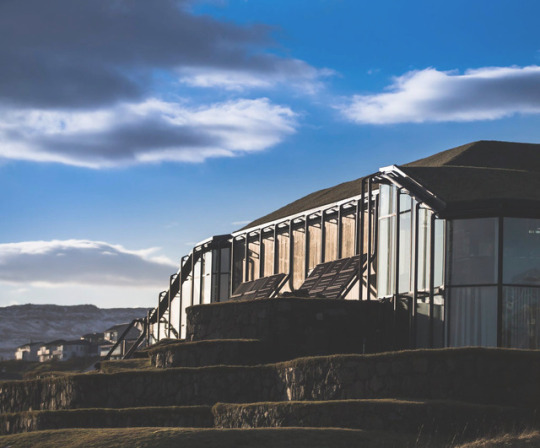
The Nordic House / Norðurlandahúsið
Designed by Ola Steen from Norway and Kolbrún Ragnarsdóttir from Iceland, the Nordic House opened in 1983 to strengthen the cooperation between the Faroe Islands and the broader Nordic region. The Nordic House is under the auspices of the Nordic Council of Ministers and provides a full programme of arts and culture all year round. Displaying exhibitions, hosting events, screenings and concerts the house is one of the main venues in Tórshavn. The house delivers numerous options across the different spaces and halls to connect with Faroese and Nordic culture.
www.nlh.fo
Credit: Finnur Justinussen
0 notes
Photo

Sirkus
Sirkus offers a chance to meet the artists and locals of Tórshavn in the evening. Sunneva Háberg Eysturstein created the community in the Faroes in part to honour the original Sirkus bar, where she had worked earlier in Reykjavík. The three floors mean you can join in the live music, have a bite to eat or a drink in the intimate bar on the ground floor, or lounge with friends on the upper floor. The scene is small in the Faroe Islands, at one time or another everyone passes through Sirkus.
www.facebook.com/sirkusfo
Credit: Ditte M. Joensen
0 notes
Photo

Café Fríða
Take a drive through Norðoyatunnilin – an underwater tunnel, which connects you to the North Islands, and you will come to Klaksvík. The second largest community in the Faroe Islands, Kalsvik with around 5000 inhabitants is the administrative centre of the North. Café Fríða serves the best coffee in town and offers a cosy interior escape against the blistering wind. On fine days it has an outdoor terrace overlooking the Föroya björ brewery and the harbour. The Faroese speciality platter is a must.
www.frida.fo
0 notes
Photo

Áarstova
Carefully chosen wines and Scottish ales, located in a historic building dating back to the 1600s down by the harbour. Literally the house by the brook. A bisque of langoustine, followed by a lamb broth and combined crispy lamb with beefcake, with Liquorice ice-cream is just the treatment after a long day of hiking through the wilderness and mists.
www.aarstova.one
0 notes
Photo

Etika
Sushi in the Faroes is particular. The fish around the islands grow slowly due to the cold temperature, giving the salmon and other local catch a delicate and refined flavour unlike elsewhere. In between shopping at Gudrun & Gudrun or the Føroya Heimavirkisfelag for knitwear, Etika is the perfect place for lunch.
www.etika.fo
0 notes
Photo
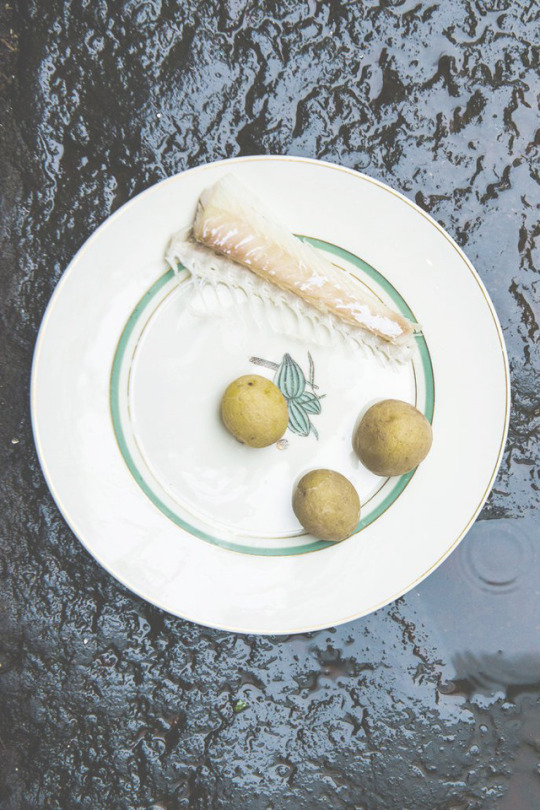
Ræst
Opened in May 2016, Ræst maybe the first restaurant dedicated to fermented fare. Blood pancake on rye bread, lamb sausage and root vegetables, fish stew, dry aged lamb, stewed apple and rhubarb can all be sampled at Ræst, which means fermentation in Faroese. The experience is an unforgettable journey to days gone by and honed traditional preservation methods of available food stocks on the islands. A revival and re-evaluation of historical processes have opened the experience to the outside world.
www.raest.one
0 notes
Photo
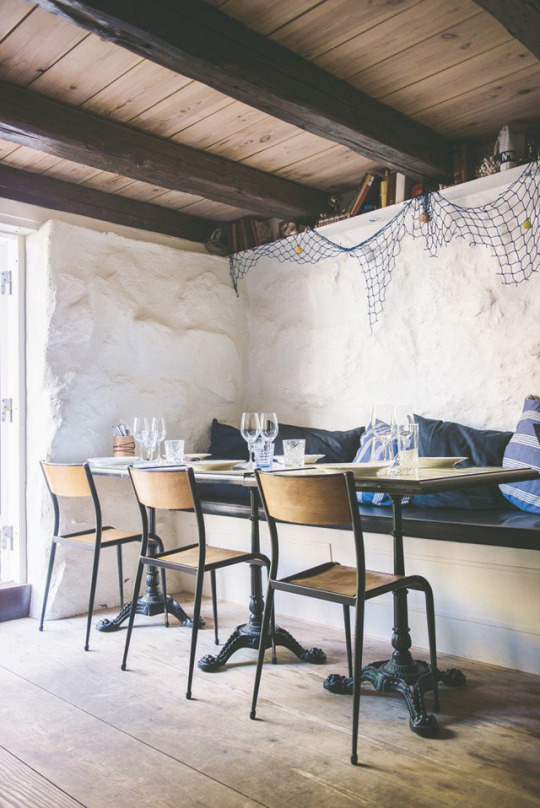
Barbara Fish House
Tapas-inspired Spanish fish-house Barbara brings the convivial similarity of the Basque North Atlantic culture of bacalao in synergy with the Faroese. The fiskasúpan, poured from a teacup, is a bouillabaisse of cod, monkfish, scallops and other delights, which satisfies alongside other fish like ocean perch and salmon. The interior is fresh in blues and whites cut into the rock to give a cosy atmosphere.
www.heimaihavnbarbara.one
0 notes
Photo

Koks
Situated in new premises in the ethereal medievalism of the hamlet of Kirkjubøur, KOKS represents a fresh approach and negotiation to Faroese cooking. KOKS won the the Nordic Prize for Best Restaurant in the Nordic countries in 2014 - no small feat for a Faroese restaurant, and in 2017 was awarded a Michelin star, the first for the islands. After pioneering the new Nordic cuisine on the Faroe Islands under Leif Sørensen, KOKS now has a new head chef Poul Andrias Ziska, and the head sommelier Karin Virth has lead their team to new heights. The smoked langoustine, mahogany clams and sea urchin, horse mussel roe and kelp from the sea, effortlessly match the turnip, rhubarb, angelica and mutton of the land. A focus on local produce and the beauty of drying, fermenting, curing, pickling and smoking continues to prize seasonality and depth of palette.
www.koks.fo
Credit: Visit Faroe Islands
0 notes
Photo
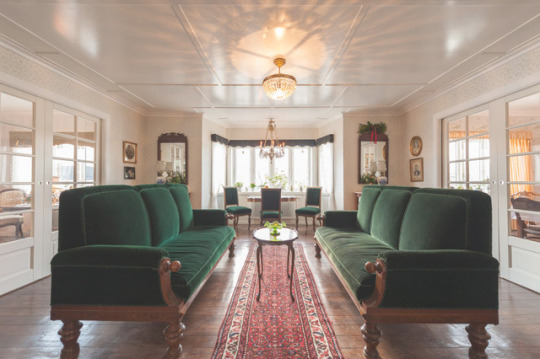
Magenta Boutique Hotel
Marit Jóhansdóttur Magnussen has through sheer tenacity and imagination restored a run-down hotel in Miðvágur and taken the visitors back to the charm of 1950s interiors. The bay living room and the garden room are sumptuous and there are meeting room possibilities also alongside relaxation. You need to contact the hotel directly to check availability.
www.magenta.fo
0 notes
Photo
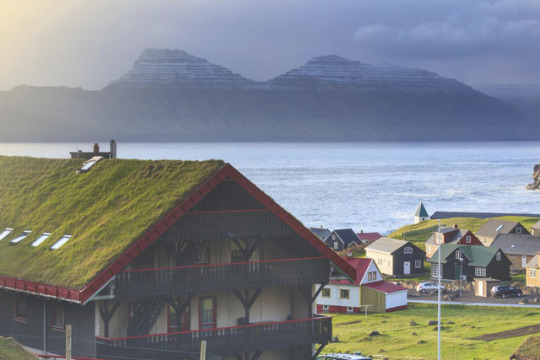
Gjáargarður Guesthouse
In the village of Gjógv, the Gjáargarður Guesthouse is the place to stay to begin to explore the north islands. Gjógv, meaning cleft or gorge, is perched on the tip of Eysturoy, looking over to Kalsoy and further to Kunoy. The Guesthouse has a traditional turfed roof and striking red and black wooden detailing, offering a welcoming stay and familiarity. Gjógv is a short distance across the plateau to the two sea stacks Risin and Kellingin. Legend tells us that these rock formations were once giants turned to stone in the morning light, after a failed attempt to tow the Faroe islands towards Iceland.
www.gjaargardur.fo
0 notes
Photo
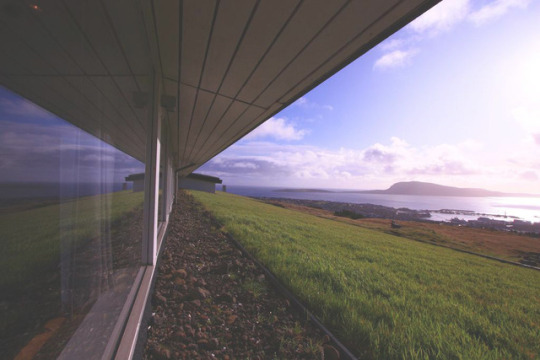
Hotel Føroyar.
Above the capital, up on the hill above Tórshavn, sits the Hotel Føroyar, designed by Friis & Moltke A/S and opened in 1983. The elongated stepped building structure becomes one with the landscape, the turfed grass roofs subsuming the architecture into the hillside, only revealing the black outline of the eaves above the glass window panes of the rooms. The view from above the town looks directly onto the opposite island of Nólsoy and the panorama of the Faroese weather.
www.hotelforoyar.fo
0 notes
Text
Denmark
62.0079° N
Faroe Islands
The 18 islands of the Faroes are separated by narrow fissures of sounds and fjords. Rising steeply from the ocean floor, the peaks and distinctive arêtes of the highest mountain formations give way to swathes of green pasture in the valley below. The Faroese language is closely linked to written Icelandic and spoken dialects of western Norway. The islands lie 300km Northwest of Scotland, 430km south east of Iceland and 600km west of Norway. Self-governing since the Home Rule Act of 1948, the Faroe Islands are a semi-autonomous region, encompassed by the external sovereignty of the Kingdom of Denmark.
0 notes
Photo

Københavns Havnebadet
The Copenhagen Harbour Baths consists of four outdoor bathing venues along the waterfronts of Copenhagen´s waterways. The fist opened at Islands Brygge in 2003, followed by Copencabana (more commonly known as Fisketorvet) and Svanemølle, with the newest inauguration at Sluseholmen in the south harbour in 2011. They are a must in summer, if you don´t make it out of the city to Kastrup Sea Bath (Kastrup Søbad) or Amager Beach park.
Credit: Islands Brygge Harbour Bath/ Visit Copenhagen
1 note
·
View note
